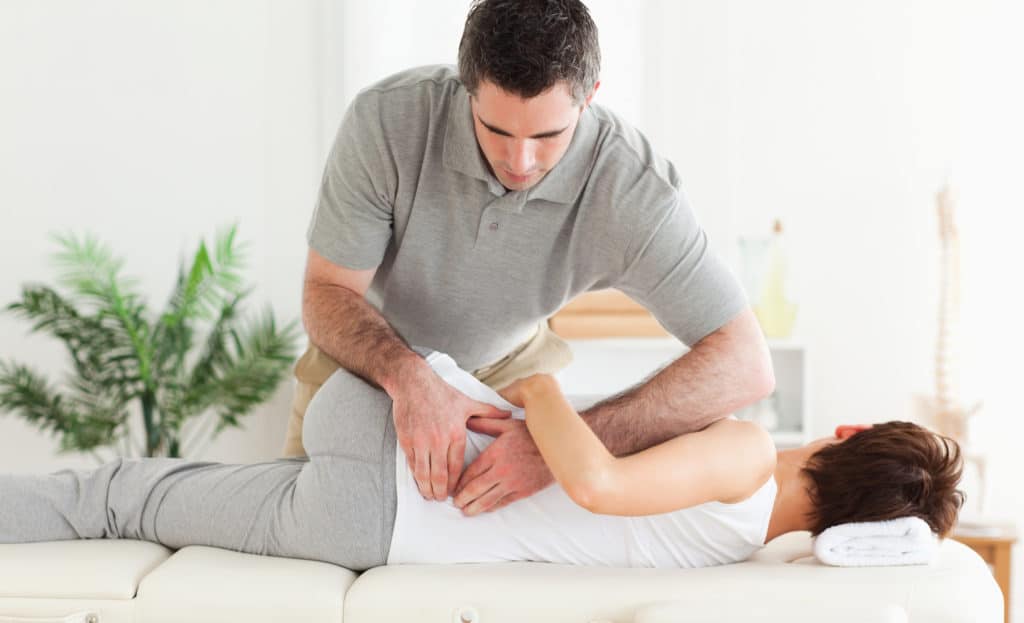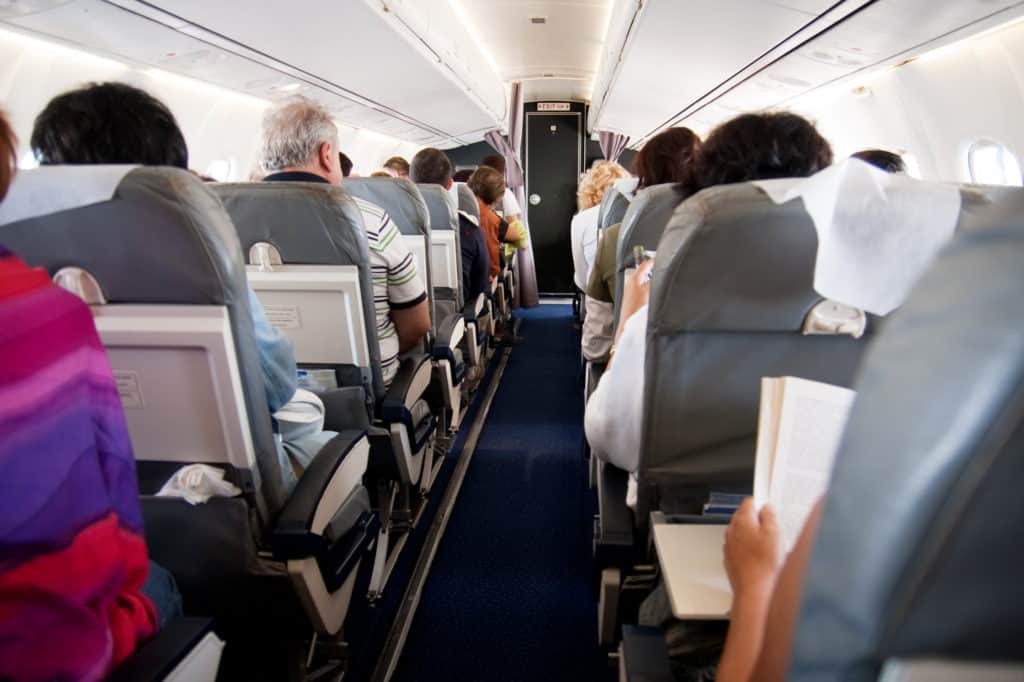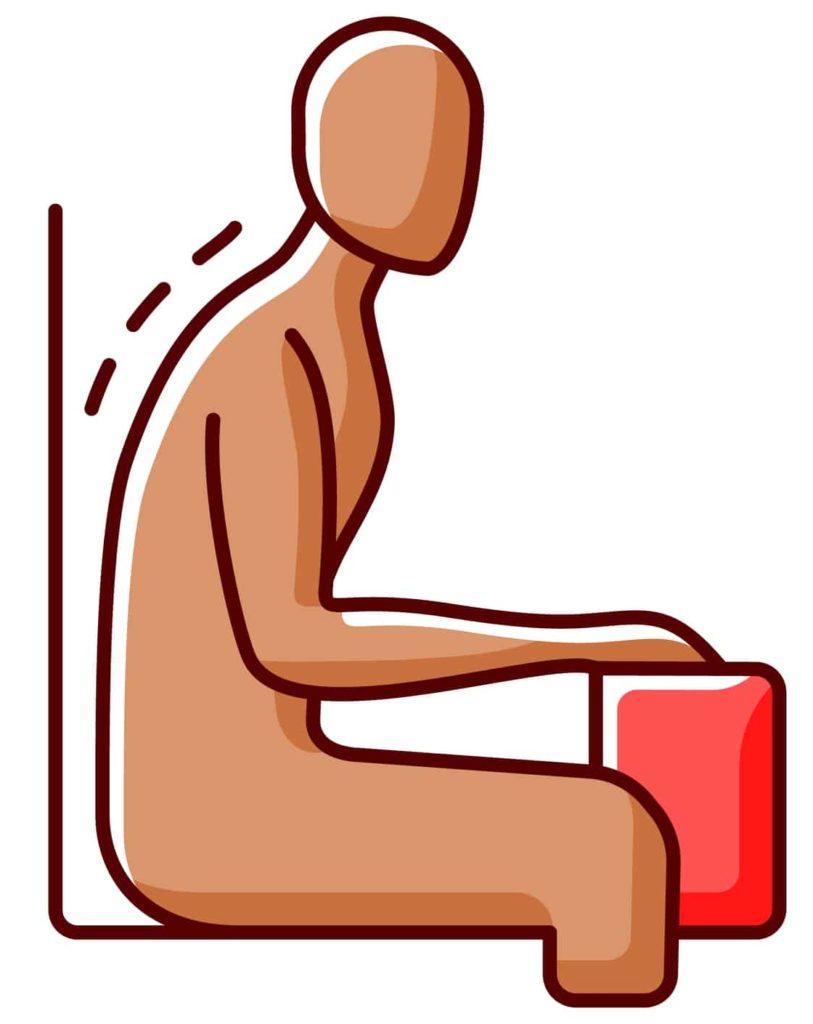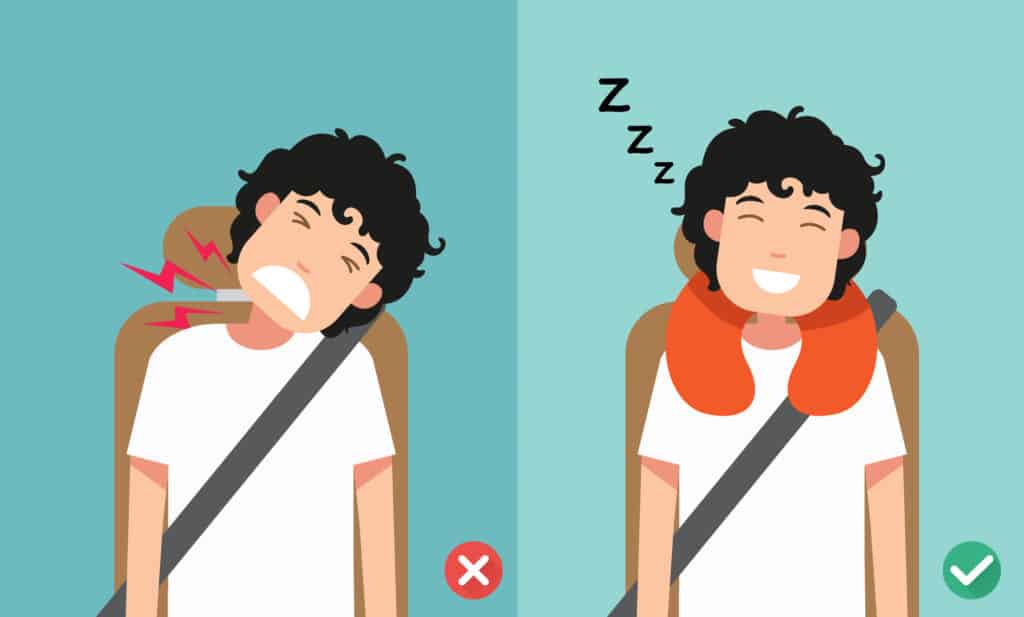
When you take a vacation for some much-needed rest and relaxation and quality time with friends and family, it should be something to get excited about and look forward to with anticipation. But for many people with chronic back pain, it’s more like trepidation and sometimes even fear and anxiety. You spend days and weeks before the trip worrying that your painful back will be a spoilsport and put a damper on things – because, let’s be honest, having a sore back on a trip can be challenging (if not downright miserable). Right?
But don’t fret. There are a few ways you can eliminate the risk of back issues while you’re on vacation by following our tips. For instance, if you tend to carry your wallet in your back pocket. We recommend you put it somewhere else. Because the constant reaching, twisting, and sitting on an uneven surface can lead to hip pain or exacerbate existing lower back pain.
Firstly, however, whatever mode of transport you decide to use, each will have its challenge related to posture and comfort levels. So, for example, traveling by car on a long road trip poses unique issues compared to flying by plane on a long-haul journey. But whatever way you decide to travel, the same time-tested advice applies to travel by almost any kind of transport, regardless of whether it’s a long or a short trip.
More Articles From Apex
Does Running Lead to Arthritis or Make it Worse?
Getting To The Route Of The Problem Of Tennis Elbow
Gaining Weight After Losing Weight
How To Prevent Back Pain When Travelling
Before Your Trip:
It pays to prepare beforehand to make sure your trip goes to plan and turns out to be fun instead of a painful chore. For example, if you have back issues, book an appointment(s) with a physical therapist before your trip to make sure you’re in the best possible shape to travel. We can help you make your back more supple and limber you up for the journey through stretching movements and therapeutic exercises. All these things help make your journey pain-free and a more enjoyable experience.
If You’re Traveling By Plane:
To prepare for your journey, when you book your flights, try to make an extra effort to get an aisle seat, even if you must pay a little bit extra. Why? Because regardless of whether it’s a short or long-haul flight, you should make a point of standing up and walking around every 30-45 minutes (even if it’s just to the bathroom and back).
When you’re stuck in a window seat, you are more reluctant to get up regularly because you must ask fellow passengers to get up and move every time you do. Having said that, we still recommend that you try and get up and move around as much as you can, especially if you suffer from chronic back pain. If you don’t, you’re likely to pay for it later in the trip. Selecting an aisle seat can also help you keep your circulation moving and avoid cramps and other aches and pains.
In addition to booking a good seat, we recommend that you try some gentle stretching during the flight. That includes gently stretching your arms, lower back, and legs every 45 minutes. This process also helps keep the circulation moving and prevents your muscles from getting tight. Also, try setting your watch or phone with a vibrating alert (so you don’t disturb other passengers) as a reminder every 45 minutes.
Sitting in a plane is never the most comfortable experience, especially when traveling as most of us do in economy. Unfortunately, however, we still recommend keeping your seat in an upright position to protect your back and keep it straight. Unless it’s a long-haul flight and you want to sleep, avoid reclining back as much as possible. But when you have your meal, make sure your seat is in an upright position.
Lying back and reclining while eating, drinking, or using the table for any other reason places unnecessary stress and strain on your arms, hands, and back. If you have chronic back pain, use a support pillow to comfort and support your lumbar region (lower back). The seats on planes are highly unlikely to offer adequate support to your back and neck. So always carrying a support pillow when you fly by plane can help improve the situation.
When you pack for your journey by plane, only carry what is essential to avoid lugging heavy baggage around the airport and on and off the plane. If you do need to take heavy bags, always check them into the hold instead of bringing them with you to stow above your seat. Carrying excessive weight is one of the leading causes of back pain when traveling. If you need to store heavy items in the overhead locker. Ask the flight attendant to help you avoid putting any unnecessary strain on your already sore back.
If You’re Travelling By Train:
Likewise, book an aisle seat when you’re preparing for a train journey. If you book in good time, you have a better chance of getting an aisle seat before other passengers take them.
It might not always be possible on a busy commuter train with no vacant seats. But unlike plane journeys, you should have ample space to get up and move around on long-distance train journeys where passengers are less tightly packed, and there is less expectation for you to remain in your seat.
When you pack for a train journey – as is the case for any trip, only pack what you need and keep your luggage as light as possible. When you store your bags on a train, try to place them in a luggage holder at a low or waist-level height or below your seat.
You should also limit your tablet or laptop use that you need to place on the table. They don’t ergonomically design the tables on trains for extended periods, so they can cause stress on the neck and spine, which leads to pain and discomfort. Instead, try to remain relaxed while traveling on a train, with your back resting comfortably against the seat with your shoulder in an upright position. Keep your feet flat on the floor, and do not sit cross-legged when traveling by train or any other mode of transport.
It may seem a bit awkward, but while you’re on a long train ride, you should also try a few stretching exercises to keep blood and oxygen flowing around your body and keep joints, muscles, and fascia flexible and well hydrated. Rotate everything from your shoulder joints and hips to your ankle bones. These gentle movements help relieve stress on the joints from sitting for long periods and prevent pain and discomfort.
If You’re Travelling By Bus Or Coach:
As with any other mode of long-distance travel, remaining mobile on a bus/coach is essential. However, the drawback with bus travel is that, unlike other modes of transport, moving around a bus isn’t feasible. But every time the bus stops for food or bathroom breaks, get up from your seat and take a stroll outside the bus until it’s time to depart again. Also, you can try to practice a few stretching exercises for the back, shoulder, legs, hips, and neck where possible. These gentle movements improve blood circulation around the body and prevent stress or strain from developing in the lower back and other body regions.
Remember to stay well hydrated too. The more hydrated your body is, the less likely it is for fatigue and stress to affect your hips, spine, and back muscles. If your seat is uncomfortable, use a support pillow behind your lower back to make it more comfortable and more supportive for your back. If you don’t have a pillow, use a rolled-up towel or sweater as a substitute.
You Don’t Have To Put Up With Back Pain.
All the tips we’ve mentioned about preparing for a journey to prevent back pain are great, and they should help you travel more comfortably. However, if back pain is a regular occurrence for you – and you’re in pain a lot, we can help you get rid of it for good. Yes, really. At Apex Orthopedic Rehabilitation in New Jersey, we can prevent you from ever having an uncomfortable journey or having your vacation ruined by back pain – with targeted physical therapy.
We help people in their 30s, 40s, 50s, 60s, and beyond to stay out of the doctor’s office and live the life they deserve – free from painkillers or the fear of back pain.
When chronic strikes in your back, we know it’s tempting to leave it and hope it’ll disappear. But we can assure you that if you’ve been in pain for a while, it is doubtful that the pain will go away on its own. In fact, it’s probably going to get worse. So, don’t put it off any longer – let us help you fix it for good.
Book your free consultation now.








